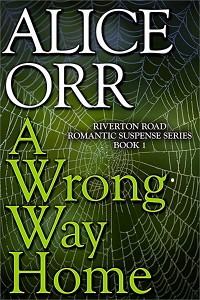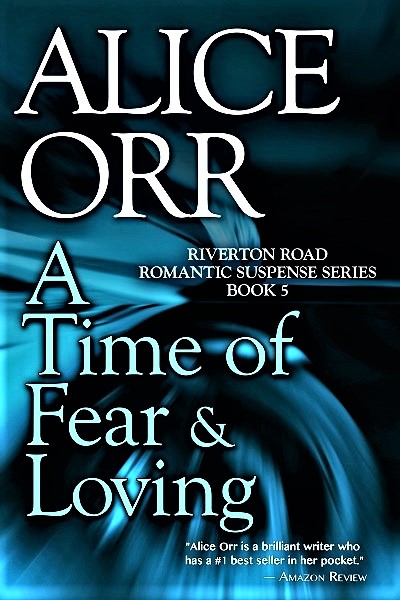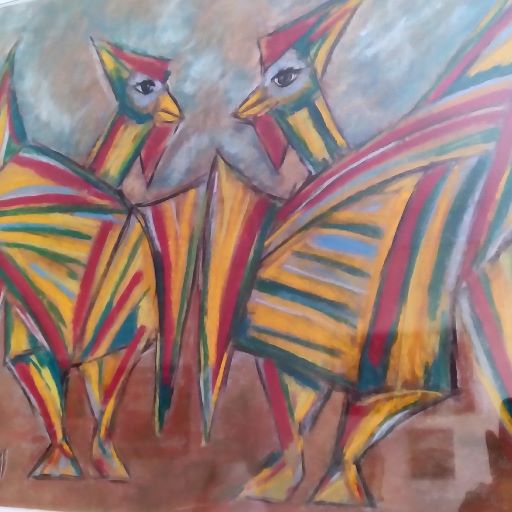Story Characters We Have Seen Too Often. I once made a wish that I would never be bored. When life turns chaotic, I sometimes think better of that wish. But, most of the time, boredom is something very few of us enjoy. Especially not your readers. Especially not boredom with your story characters.

A Character who is More a Type than a Person can Put Your Reader to Sleep. We have read him too many times. Her behavior is too easily predictable. They are monotonous to the max. Imagine how true that is for an editor or agent, confronting submission after submission, brain deadened by hackneyed characters at every turn.
The Spark of Your Story is Snuffed Out by such Functionaries. A cliché does even worse. The crusty, but benign older gentleman. The doddering, but foxy grand dame. The good-hearted prostitute. The down-at-the-heels detective with a bitter edge. Feel free to add more dullards to the list.
These are Types, Known Mainly for a Pair of Characteristics. They inevitably behave according to this two-dimensional signature. They possess limited life and no real emotional depth. Any appendage that comes with them, a bothersome pet or broken-down car or endless peeve, is a functionary also, adding nothing of substance to the forward movement of your story.
The Usual Purpose of these Characters is to Impact the Hero in Some Limited Way. Beyond that, they have no meaningful significance. This limited role does not justify their presence, if you mean your story to have substance. The last thing you want to create is a narrative populated by stick figures who essentially have no real clue why they are there. Worse still, your reader has no clue either.

Your Purpose is to Give Each Character, however Minor, a Soul. He lives in your reader’s consciousness beyond his few scenes in your story. You may portray only brief moments of her life, but they are real moments. He is not on of those Story Characters We Have Seen Too Often. She enriches your story and deepens the complications surrounding your hero.
As the Storyteller, You must Know Each Character Well. Even the minor character. You must feel her as a living, breathing being. Then, borrow a slice of that breathing life to insert into your story. Do so at a juncture where this character encounters the conflicted circumstances of your hero and affects those circumstances in an important way.
Here are a Couple of Characters who Accomplish None of That. First, meet Lucy the airhead. Worse than out-of-date in today’s take-charge woman world, she is constructed of cardboard. She is too often overly sexy in a wide-eyed, ingenuous way. She blunders into catastrophe and stays there until she is rescued, usually by a man. Like I said, out-of-date.
Another Character in Need of Update is Cal the Commitmentphobe. We have definitely seen too much of this guy, especially in romance and women’s fiction. His character signature is that he refuses to get into a meaningful relationship, no matter what. He has been burned in the past, blah, blah, blah. He loves his freedom, blah, blah, blah. Cal is a cliché.
I Suspect You Know What is Lacking in these Characters. And also lacking in others like them. Their behavior has no depth. Their motivations are commonplace and shallow. They are familiar because we have unfortunately encountered them before in way too many stories. Once again, feel free to add your own cliche examples to the list.
Police Your Work for their Possible Presence. Choose to improve these story slackers or eject them. For example, with some re-thinking, Cal could become a three-dimensional man. Lucy, however, may be beyond reclamation. Let her rest in peace on the rejection pile. Make certain your story isn’t languishing, by way of boredom, beside her, among Story Characters We Have Seen Too Often.
Alice Orr – https://www.aliceorrbooks.com.
ASK ALICE Your Crucial Questions. What are you most eager to know – in your writing work and in your writer’s life? Ask your question in the Comments section at the end of this post.
Alice has published 16 novels, 3 novellas and a memoir so far. She wrote her nonfiction book No More Rejections: 50 Secrets to Writing a Manuscript that Sells as a gift to the writers’ community she loves. Her novel – A Wrong Way Home – Riverton Road Romantic Suspense Series Book 1 – is a free gift for you HERE.

Praise for A Wrong Way Home: “The story twists and turns masterfully into danger and romance.” “I highly recommend this page-turner which is romance and suspense at its best.” “The writing is exquisite.”
Look for all of Alice’s books HERE.
https://www.facebook.com/aliceorrwriter
http://twitter.com/AliceOrrBooks/
http://goodreads.com/aliceorr/
http://pinterest.com/aliceorrwriter/






